Some of the most groundbreaking inventions began as simple, rough prototypes that few people ever saw. These early models often looked nothing like the polished versions we know today, but they laid the foundation for incredible advancements. From Edison’s first phonograph to the original Apple computer, these prototypes show the raw innovation behind famous inventions. They highlight both the genius and the humble beginnings that transformed into cultural icons. Exploring these prototypes offers a glimpse into the minds of inventors and the paths they carved toward progress.
The Apple I Computer Prototype

The Apple I Computer Prototype stands as a remarkable piece of computing history. Created by Steve Wozniak and Steve Jobs in 1976, it was the humble beginning of what would become one of the world’s largest tech companies. This prototype had a wooden frame and basic circuitry, lacking the sleek look of modern Apple products. Wozniak built it by hand, intending to sell it as a motherboard that tech enthusiasts could assemble themselves. Unlike today’s fully integrated computers, the Apple I needed external components like a keyboard and monitor. Jobs and Wozniak initially pitched it to local computer shops, ultimately sparking a revolution in personal computing. Despite its simplicity, the Apple I represented a groundbreaking step towards accessible computing for everyone.
Edison’s First Phonograph Model
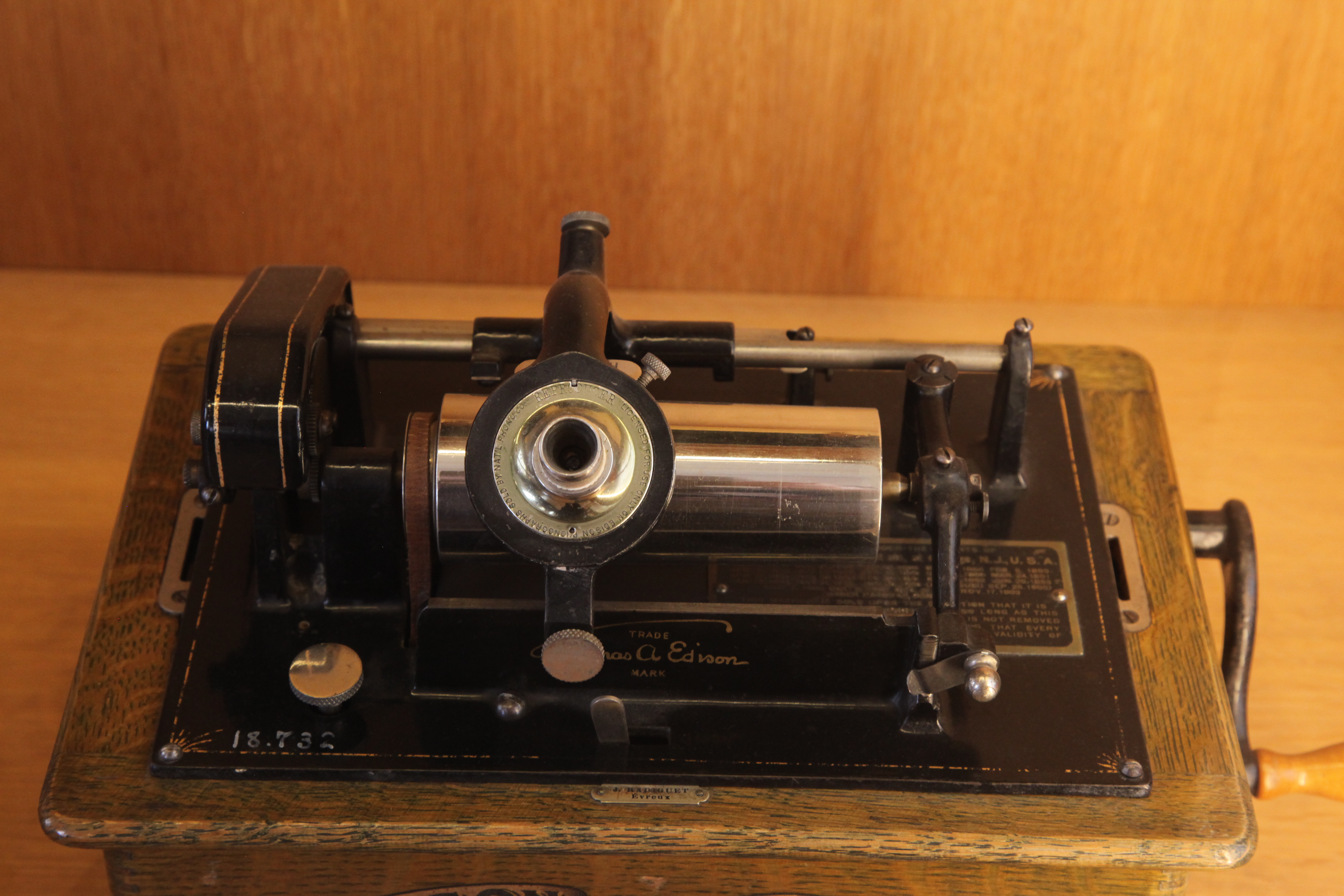
Edison’s first phonograph prototype introduced the world to recorded sound in 1877. This prototype was a cylinder wrapped in tinfoil, which captured sound vibrations through a stylus. It was a bulky, manually operated device that required cranking to record and play back sounds. Edison’s first recordings were faint but marked a significant leap forward in audio technology. Unlike later models, this early version struggled with clarity and durability, often damaging the foil during playback. Despite its limitations, the phonograph fascinated the public and brought Edison widespread recognition. This prototype laid the foundation for the music industry, radio, and the entire field of recorded media that followed.
Ford’s Quadricycle Prototype

Ford’s Quadricycle Prototype was Henry Ford’s first attempt at creating an automobile in 1896. Built in a small Detroit workshop, it had four bicycle tires, a simple frame, and a two-cylinder engine. Ford designed it to be lightweight and straightforward, though it lacked essentials like brakes and a reverse gear. The prototype could only move forward and reached a top speed of about 20 mph. Ford tested it on the streets of Detroit, marking the beginning of his journey to affordable automobiles for the public. While rudimentary by today’s standards, the Quadricycle proved that a motorized vehicle was possible, setting the stage for the Model T and Ford’s automobile empire.
The Wright Brothers’ First Flyer Prototype

The Wright Brothers’ First Flyer prototype, completed in 1903, was the world’s first controlled, powered, and sustained flight aircraft. Built with a wooden frame, canvas wings, and a simple engine, the Flyer relied on wing-warping for control—a unique approach to steering. This prototype was fragile, requiring calm weather to operate successfully. On December 17, 1903, the Wrights achieved their historic 12-second flight, traveling just 120 feet. Unlike modern planes, the Flyer’s design emphasized balance and control rather than speed or durability. This remarkable machine marked the dawn of aviation, proving human flight was possible and opening the door to modern aerospace advancements.
Tesla’s Wardenclyffe Tower Prototype

Tesla’s Wardenclyffe Tower Prototype represented his ambitious vision to provide wireless power to the world. Designed in the early 1900s, this massive tower was built in Shoreham, New York, and featured a unique spherical top intended to transmit energy across great distances. Tesla believed the tower could send electricity through the Earth’s atmosphere without wires, providing free energy globally. However, financial difficulties forced him to halt the project, and the prototype was eventually dismantled. Despite its failure, the Wardenclyffe Tower prototype stands as a bold experiment that hinted at wireless energy and global connectivity. Tesla’s vision influenced modern developments in wireless technology, including Wi-Fi and radio communication.
The Original Polaroid Camera Prototype

The original Polaroid camera prototype, invented by Edwin Land in 1947, transformed photography by enabling instant image development. This prototype used a unique chemical process that developed photos within seconds, a groundbreaking feature at the time. The camera itself was bulky and not yet refined, relying on manual operation to capture and develop images. Unlike today’s instant cameras, which use digital technology, Land’s invention required a meticulous chemical reaction to work. The Polaroid camera brought photography to the masses, letting people capture moments instantly without waiting for film to be processed. This prototype revolutionized the field, making photography more accessible and interactive for everyone.
Bell’s First Telephone Model

Bell’s first telephone prototype, created in 1876, allowed voices to be transmitted over wires for the first time. This initial model used a simple transmitter and receiver, converting sound into electrical signals that traveled through wires. Unlike modern phones, Bell’s prototype had a large, wooden structure with exposed wires and required users to speak directly into a funnel-like mouthpiece. His invention sparked excitement but faced skepticism from those who couldn’t grasp its potential. Bell’s famous words, “Mr. Watson, come here—I want to see you,” marked the first successful voice transmission. This early model demonstrated that distant communication could become a reality, paving the way for the global communication network we rely on today.
Sony’s Walkman Prototype
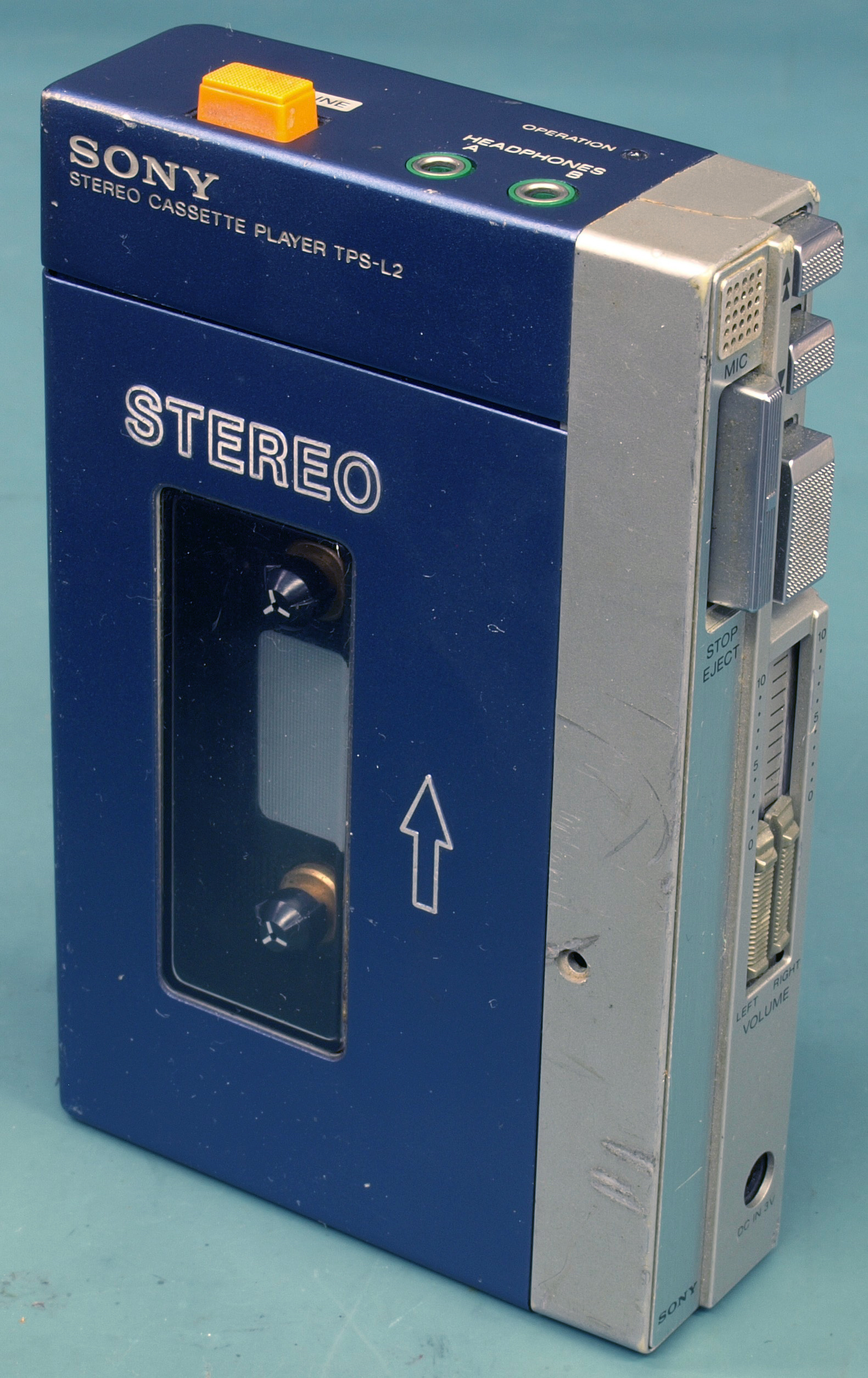
The prototype of Sony’s Walkman was a bold step toward portable music in 1979. It was crafted by Sony co-founder Masaru Ibuka and originally intended for private listening. Unlike the sleek Walkman we know, this prototype was heavy and required two headphone jacks, allowing two people to listen at once. It was a simple, battery-powered device that played cassette tapes, a revolutionary idea at the time. The prototype lacked the portability and convenience of later models, but it set a new standard for personal audio. Sony’s innovation transformed music consumption, turning the Walkman into a cultural icon. This early model was the beginning of portable media devices, paving the way for MP3 players and smartphones.
The IBM 5150 PC Prototype

The IBM 5150 PC prototype was IBM’s first attempt at creating a personal computer for everyday use in 1981. Designed with a boxy metal casing and a monochrome monitor, it wasn’t aesthetically pleasing, but it was groundbreaking. IBM engineers used off-the-shelf parts, creating a machine that was powerful yet affordable. This prototype set the standard for PC architecture, which was later adopted by other companies, cementing IBM’s influence. It came with only 16KB of memory and used the MS-DOS operating system, a basic but functional setup. The IBM 5150 was a milestone, democratizing computing for homes and businesses alike. This early prototype led to the PC revolution, giving rise to the personal computers we use daily.
Motorola DynaTAC Cell Phone Prototype
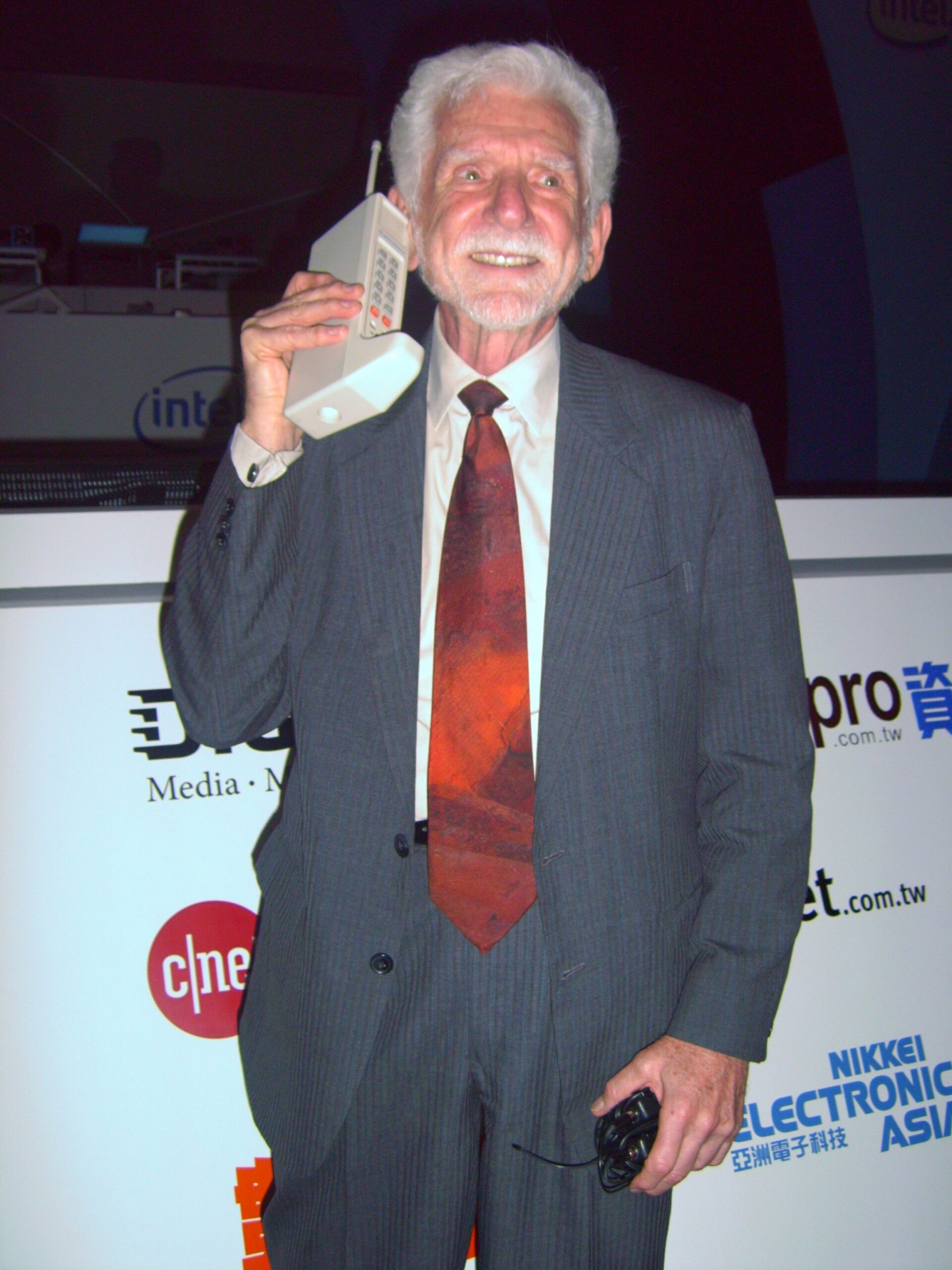
Motorola’s DynaTAC prototype, developed in 1973, was the world’s first handheld mobile phone. Nicknamed the “brick phone” because of its size and weight, it weighed around 2.5 pounds and stood nearly a foot tall. It offered only 30 minutes of talk time, with a 10-hour charge requirement. The DynaTAC’s design included a long antenna and numerous buttons for dialing numbers, a stark contrast to modern smartphones. Despite its limitations, this prototype represented a huge leap in communication, as it allowed for truly mobile conversation. It showcased Motorola’s pioneering spirit and set the groundwork for the cell phone industry, which would soon connect billions globally.
The Original Oculus Rift Prototype

The Oculus Rift prototype, created by Palmer Luckey in 2012, introduced virtual reality to a wider audience. This early model was rough and bulky, with large goggles connected to a simple head strap, and offered low-resolution graphics compared to later versions. Luckey’s prototype aimed to give users an immersive experience, transporting them to digital worlds. The headset was initially designed for gamers, providing a 3D experience by tracking head movements. Unlike polished VR devices today, this model had limited interactivity and suffered from latency issues. The Oculus Rift’s early success on Kickstarter proved the demand for VR, leading to advancements in the field. This prototype was a game-changer, marking the beginning of modern VR technology.
The First Google Glass Prototype

The first prototype of Google Glass, introduced in 2013, looked futuristic but far from refined. It was a wearable, voice-activated device that resembled an eyeglass frame with a small, transparent display above one eye. Unlike later models, this version had a limited battery life and basic functionality, including taking photos, recording videos, and displaying notifications. The display was grainy, and the frame felt awkward for most users, limiting its mainstream appeal. Google Glass was primarily targeted toward tech enthusiasts and developers who could explore its possibilities. Though it faced criticism for privacy concerns, this prototype paved the way for wearable technology. It helped redefine the boundaries of augmented reality, sparking future advancements in smart glasses.
Da Vinci’s Ornithopter Flying Machine Prototype
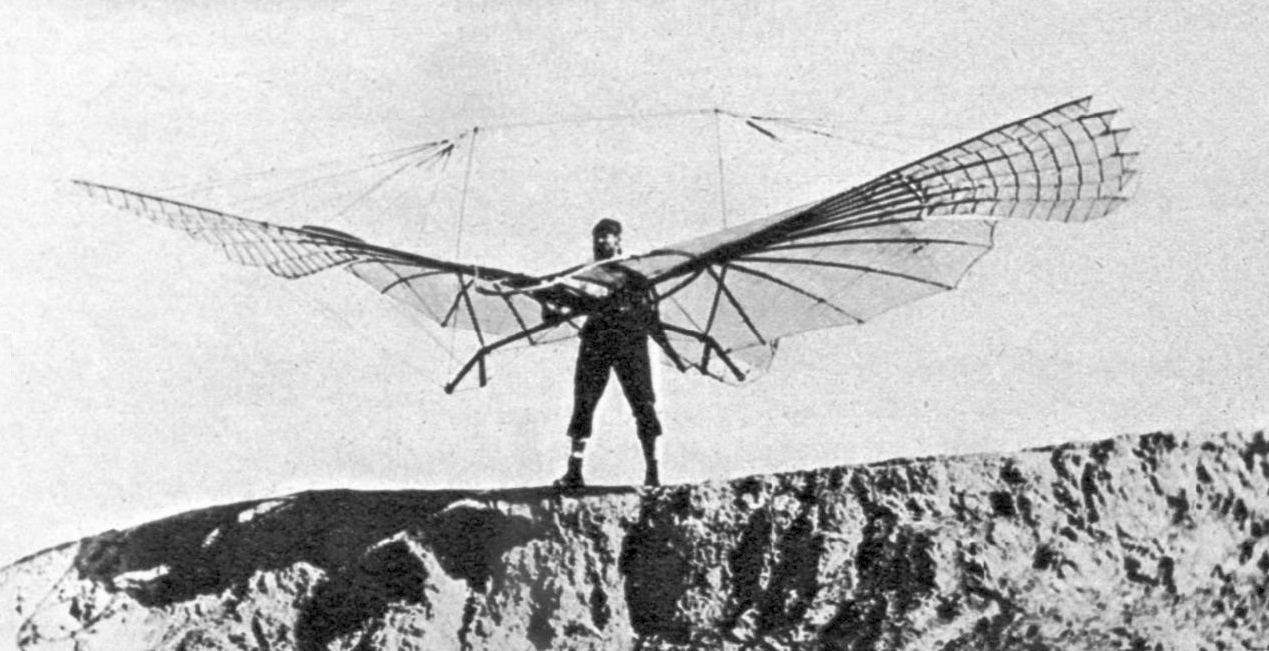
Leonardo da Vinci’s ornithopter prototype, sketched in the late 15th century, aimed to mimic bird flight using human-powered wings. Da Vinci’s drawings featured a complex system of pulleys and levers that would allow a person to flap wings and take off. Although it was never built or tested during his lifetime, this prototype captured his understanding of aerodynamics. It had large, wing-like structures resembling a bat, and his notes detailed the materials needed, including wood and silk. Da Vinci’s concept was impractical, as human muscles aren’t strong enough for powered flight. However, his ornithopter is considered one of the earliest aviation concepts, inspiring future flight pioneers. His vision of mechanical flight helped shape the study of aerodynamics.
The First ARPANET Interface Message Processor
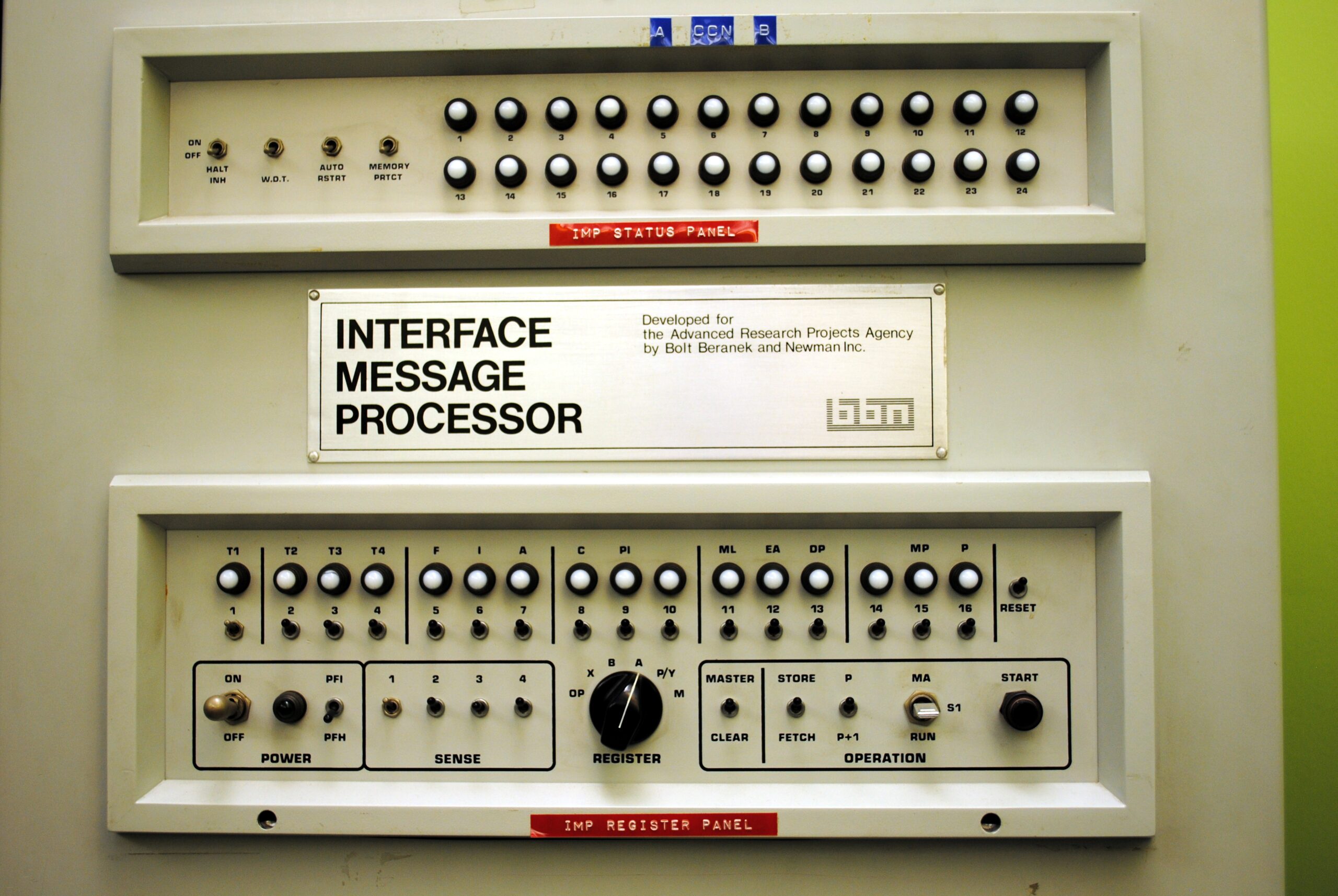
The ARPANET Interface Message Processor (IMP) prototype, developed in 1969, was a critical component of the first internet network. Built to connect various computer systems across universities, the IMP allowed for the transfer of data between different networks. This prototype was a large, refrigerator-sized machine that ran complex coding to enable communication. It was created as part of the U.S. Department of Defense’s initiative to establish a secure, decentralized communication system. Unlike modern routers, it required constant supervision and was sensitive to overheating. The IMP was used to send the first internet message from UCLA to Stanford, marking the birth of networked communication. This early model laid the groundwork for the internet, connecting computers in a revolutionary way.
The Original Xerox Alto Computer Prototype

The Xerox Alto prototype, developed in 1973, was a pioneering personal computer that introduced concepts like a graphical user interface (GUI) and a mouse. Its design featured a large, upright monitor, resembling a small refrigerator, and included icons, windows, and folders, all controlled with a mouse. This prototype was developed at Xerox’s Palo Alto Research Center (PARC) and aimed to make computing more accessible through visual interaction. It had advanced hardware for the time, allowing it to support text and graphics on the screen. The Alto’s design inspired later personal computers, including the Apple Macintosh. Although it was never sold commercially, this prototype revolutionized computer design, making it a precursor to modern desktops.
This article originally appeared on Rarest.org.
More from Rarest.org
21 Iconic Animal Species with Remarkable Seasonal Migrations

Migration is one of the most extraordinary behaviors in the animal kingdom. Read More.
19 Largest Road Networks in the World

Road networks are essential for connecting people, goods, and services across cities, regions, and countries, shaping the backbone of global infrastructure. Read More.
19 Rare Animals Discovered in the Most Unexpected Locations

The natural world is full of surprises, with rare and fascinating creatures sometimes found in the most unexpected places. Read More.
